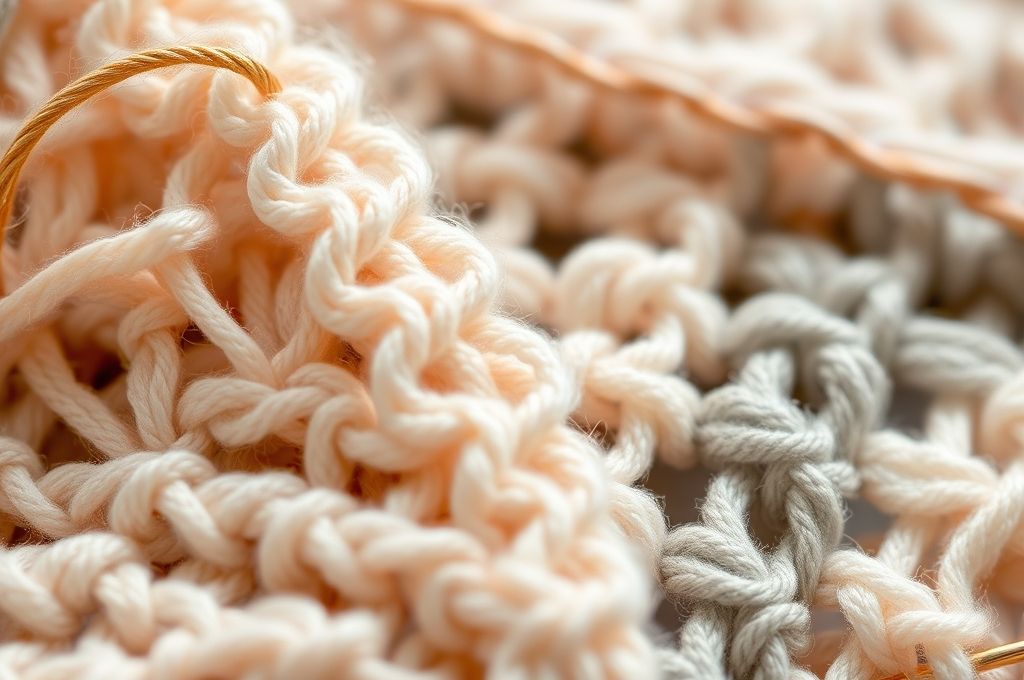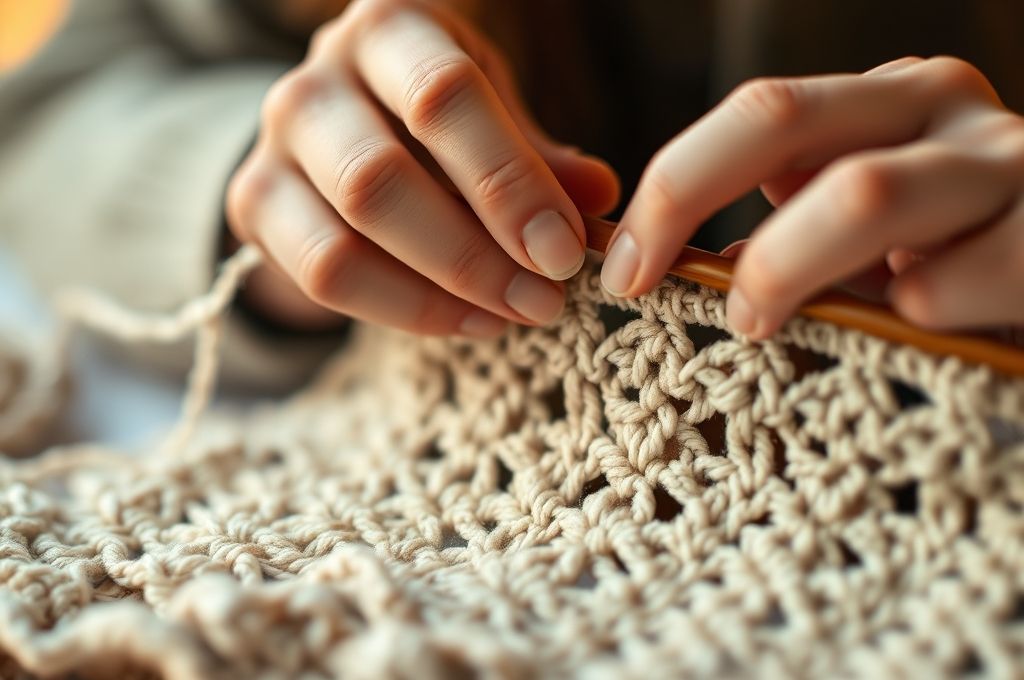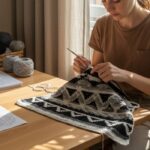Have you ever looked at a beautifully crafted piece of furniture, a sleek architectural detail, or a high-end renovation and wondered, “How did they make that look so perfect?” Chances are, the magic lies not in the materials alone—but in the craftsmanship behind seamless joins and invisible finishes. These subtle yet powerful techniques are what separate amateur work from truly professional results. Whether you’re a DIY enthusiast, a woodworker, or a design professional, mastering the art of invisible connections can elevate your projects from good to extraordinary.
In this article, we’ll dive deep into the world of seamless joins and invisible finishes—exploring what they are, why they matter, and how you can achieve them in your own advanced projects. From woodworking and cabinetry to drywall, tile, and even digital design, the principles of invisibility in craftsmanship are universal. We’ll cover essential tools, proven techniques, common mistakes, and insider tips that pros use to create flawless transitions. You’ll walk away with practical knowledge you can apply immediately—whether you’re building a custom bookshelf or renovating a bathroom.
By the end of this guide, you won’t just see projects differently—you’ll build them differently. Let’s begin our journey into the art of making the visible… disappear.
Why Seamless Joins Matter: The Psychology of Perfection
When something looks effortless, we often assume it must be simple. But in design and craftsmanship, the opposite is true. A perfectly smooth joint or an invisible seam is usually the result of hours of planning, precision, and patience. So why do seamless joins matter so much?
The answer lies in human perception. Our eyes are naturally drawn to lines, edges, and disruptions. A visible seam or gap immediately signals “this was put together,” breaking the illusion of unity. In contrast, a seamless join creates a sense of wholeness, elegance, and intentionality. Think of a high-end kitchen countertop that flows from the island to the backsplash without a single visible joint. It feels luxurious, intentional, and cohesive.
Beyond aesthetics, seamless joins also enhance durability and functionality. Gaps can collect dust, moisture, or debris—leading to warping, mold, or structural weakness over time. In environments like bathrooms, kitchens, or outdoor spaces, invisible finishes aren’t just about beauty—they’re about longevity.
Take the example of a custom-built entertainment center. If the shelves are joined with visible screws or rough edges, the overall impression is amateurish. But when the joints are flush, sanded smooth, and finished with a matching stain, the unit looks like it was carved from a single block of wood. This kind of craftsmanship commands attention—and respect.
The key takeaway? Seamless joins aren’t just a finishing touch—they’re a foundational element of advanced craftsmanship. They reflect attention to detail, technical skill, and a deep understanding of materials. And the good news? These techniques are learnable.
The Foundation: Choosing the Right Joinery Technique

Not all joints are created equal—especially when invisibility is the goal. The type of joinery you choose can make or break the final appearance of your project. Let’s explore some of the most effective techniques for achieving seamless results.
1. Biscuit Joints
Ideal for aligning panels like tabletops or cabinet sides, biscuit joints use oval-shaped wooden “biscuits” inserted into slots cut with a biscuit joiner. When glued, they expand slightly, creating a tight, flush connection. While not entirely invisible, they leave minimal surface disruption and are excellent for edge-to-edge bonding.
2. Dowel Joints
Similar to biscuits but using round wooden dowels, this method offers strong alignment and a clean look. The trick? Drill holes precisely and use dowel centers to ensure perfect alignment. When done right, the only visible trace is a small plug or the wood grain itself.
3. Pocket Hole Joinery (with a twist)
Often criticized for being “visible,” pocket hole joinery can actually be made nearly invisible with proper technique. By placing holes on the inside of frames or using plugs and filler, you can hide screws completely. Brands like Kreg offer plug cutters that match common wood species—making repairs or concealment seamless.
4. Dado and Rabbet Joints
These recessed joints hide the end grain of one board within another, reducing visual clutter. A dado joint (a slot cut into the middle of a board) is perfect for shelves, while a rabbet (a step cut along the edge) works well for cabinet backs. When sanded and finished properly, these joints blend into the surrounding wood.
5. The Gold Standard: Dovetail and Mortise-and-Tenon
For true invisibility and strength, nothing beats a hand-cut dovetail or a tight mortise-and-tenon joint. These traditional methods interlock pieces so precisely that glue alone can hold them for decades. While more time-consuming, they’re often considered the hallmark of fine woodworking.
Pro Tip: Always dry-fit your joints before applying glue. This lets you spot alignment issues and make micro-adjustments—ensuring a perfect fit every time.
Choosing the right joint depends on your project, tools, and skill level. But one rule applies across the board: precision beats power. A perfectly cut simple joint will always outperform a rushed complex one.
The Magic of Invisible Finishes: Blending Materials to Perfection

Even the best joinery can be ruined by a poor finish. That’s where invisible finishing techniques come in—methods that eliminate visual breaks between materials, colors, or textures.
Let’s say you’re installing a new hardwood floor in your living room. The old floor meets the new at a doorway. Without proper treatment, this transition will scream “patch job.” But with the right finishing strategy, the change becomes undetectable.
1. Feather Edging and Sanding Gradients
This technique involves gradually sanding from the joint outward, creating a smooth slope rather than a sharp edge. It’s commonly used in drywall repair, where joint compound is applied in thin, overlapping layers and sanded to blend with the surrounding wall. The same principle applies to wood: sand beyond the joint to avoid ridges.
2. Color Matching and Stain Blending
No matter how precise your join is, a color mismatch will draw the eye. Use test swatches to match stains or paints exactly. For wood, try a wet-blending technique: apply stain to both pieces, then use a damp brush to gently blend the colors at the seam while still wet. This creates a gradient effect that hides the boundary.
3. Using Fillers and Putty Wisely
Wood filler, epoxy putty, or drywall compound can fill gaps—but they must be used sparingly. Overfilling creates a raised surface that’s impossible to hide. Instead, apply filler slightly below the surface, let it dry, then sand flush. For wood, choose a filler that accepts stain, or tint it to match the surrounding material.
4. Edge Banding for Plywood
Plywood edges are notoriously difficult to hide. Pre-glued edge banding—available in wood veneer or PVC—can be ironed on and sanded smooth. For a truly invisible result, use a router with a flush-trim bit to remove excess banding, then stain to match.
5. The Role of Lighting
Believe it or not, lighting can make or break an invisible finish. Harsh overhead lights create shadows that highlight even the tiniest imperfection. Test your work under multiple light sources—natural daylight, warm indoor bulbs, and angled spotlights—to ensure the joint remains hidden from all angles.
Quick Checklist for Invisible Finishes:
- Sand beyond the joint area
- Match color and grain direction
- Use thin, layered applications of filler
- Finish with a consistent topcoat (polyurethane, lacquer, etc.)
- Inspect under different lighting conditions
When done right, the finish doesn’t just hide the join—it makes it feel like it was never there.
Advanced Tools and Materials That Make the Difference
You don’t need a million-dollar workshop to achieve professional results—but having the right tools certainly helps. Here are some game-changers for creating seamless joins and invisible finishes:
1. Track Saw or Circular Saw with Guide Rail
For long, straight cuts in plywood or paneling, a track saw delivers laser-straight edges that align perfectly. No more wobbly cuts that leave gaps. Brands like Festool, Makita, and DeWalt offer affordable rail systems that transform your cutting accuracy.
2. Belt Sander with Variable Speed
Aggressive sanding can ruin a good joint. A belt sander with speed control allows you to start coarse and finish fine, minimizing the risk of dips or uneven surfaces. Pair it with a sanding block for hand-finishing tight areas.
3. Biscuit Joiner or Domino Joiner
While a biscuit joiner is great for alignment, the Festool Domino takes it further with loose-tenon joinery—offering deeper, stronger, and more precise connections. It’s a premium tool, but worth it for frequent woodworkers.
4. Vacuum Press for Edge Banding
Forget iron-on veneer that bubbles or peels. A vacuum press applies even pressure across the entire surface, ensuring perfect adhesion. It’s ideal for curved edges or large panels.
5. Spray Gun or HVLP Finisher
Brush marks and roller stippling can ruin an otherwise flawless surface. A high-volume, low-pressure (HVLP) sprayer applies finish in a fine, even mist—eliminating texture and creating a glass-like surface. Practice on scrap wood first, but the results are worth it.
6. Laser Level and Digital Calipers
Precision isn’t just about tools—it’s about measurement. A laser level ensures your joints align perfectly across large spans. Digital calipers let you measure thickness down to 0.01mm, critical when fitting panels or inlays.
Budget-Friendly Alternatives:
- Use painter’s tape and a straightedge as a DIY guide rail
- Sand with folded sandpaper and a cork block for control
- Apply finish with a high-quality foam brush or lint-free cloth
The right tools reduce guesswork and increase consistency. But remember: tools don’t make the craftsman—craftsmanship makes the tools shine.
Real-World Applications: Where Seamless Joins Shine
So far, we’ve covered the how. Now, let’s look at the where—real-world projects where seamless joins and invisible finishes make a dramatic difference.
1. Custom Cabinetry
In a modern kitchen, seamless cabinetry creates a minimalist, built-in look. Techniques like frameless construction (European style), hidden hinges, and flush drawer fronts eliminate visual clutter. A well-executed mitered corner on a face frame can look like a single piece of wood—elevating the entire space.
2. Flooring Transitions
Hardwood, laminate, or tile floors often meet at thresholds. Instead of using bulky T-molding, advanced installers use beveled transitions or inlay strips made from matching material. In some cases, floors are sanded and refinished across the seam, making the join disappear.
3. Wall Paneling and Wainscoting
Wood paneling can look outdated if the joints are obvious. But with tight miters, spline reinforcement, and careful finishing, panels can flow like a continuous surface. Some designers even use resin-filled seams to create a “liquid wood” effect.
4. Furniture Restoration
Restoring an antique table? Invisible repairs are essential. Techniques like dutchman repairs (replacing damaged wood with a matching plug) or grain painting (using fine brushes to replicate wood grain over filler) preserve authenticity while restoring strength.
5. Drywall and Ceiling Details
Coffered ceilings, curved walls, or bulkheads require seamless drywall joints. Pros use paper tape and multiple thin coats of joint compound, feathering each layer outward. The final sanding is done with a pole sander and 220-grit paper—leaving a surface smooth enough to paint without texture.
6. Digital and 3D Design
Even in virtual spaces, the concept applies. In 3D modeling or CAD design, “seamless” textures and UV mapping ensure that digital objects look realistic. A poorly aligned texture can break immersion—just like a visible joint in real life.
These examples show that the principles of invisibility transcend materials and industries. Whether you’re working with wood, drywall, metal, or pixels, the goal remains the same: create unity through precision.
Common Mistakes (and How to Avoid Them)
Even experienced builders make mistakes when chasing invisible finishes. Here are the most common pitfalls—and how to fix them.
1. Rushing the Glue-Up Process
Applying glue and clamping too quickly leads to misalignment. Always dry-fit first. Use alignment clamps or register marks to ensure pieces don’t shift during gluing.
2. Over-Tightening Clamps
Too much pressure can starve the joint of glue or warp the wood. Clamp just enough to squeeze out a thin bead of glue—this indicates full coverage without excess.
3. Skipping the Sanding Gradient
Sanding only the joint area leaves a halo or depression. Always sand beyond the seam, using progressively finer grits (120 → 180 → 220).
4. Ignoring Wood Movement
Wood expands and contracts with humidity. A joint that’s too rigid may crack over time. Allow for movement—especially in wide panels—by using floating panels or slotted screw holes.
5. Using the Wrong Filler
Latex caulk on wood? It won’t hold. Wood filler on drywall? It may shrink. Match your filler to the material, and test it before committing.
6. Applying Finish Too Soon
Wait for glue and filler to cure completely—usually 24 hours. Rushing the finish can trap moisture, leading to bubbling or discoloration.
Quick Fix: If you spot a small gap after finishing, use a color-matched crayon or wax stick (available at hardware stores) to fill it. Buff gently for an instant repair.
Awareness is half the battle. By anticipating these issues, you can avoid them—or fix them before they become visible.
The Art of Patience: Why Time Is Your Best Tool
In a world of instant results and 5-minute tutorials, the idea of taking your time might seem outdated. But in advanced craftsmanship, patience is the secret ingredient.
Consider this: a master violin maker may spend over 200 hours on a single instrument. Every curve, joint, and finish is refined to perfection. The result? A piece that sings—not just in sound, but in beauty.
The same principle applies to your projects. Rushing through a joint or skipping a sanding step might save 10 minutes today—but it could cost you hours of rework tomorrow.
Here’s how to cultivate patience in your workflow:
- Break projects into phases: Cut, assemble, sand, finish. Focus on one at a time.
- Set up a clean, organized workspace: Clutter leads to mistakes.
- Work during your peak focus hours: Don’t force precision when you’re tired.
- Step away and return: After sanding or finishing, leave the room for 10 minutes. Come back with fresh eyes to spot imperfections.
Remember: a seamless finish isn’t achieved in a single step—it’s built through layers of care. Each coat of sandpaper, each layer of finish, each moment of attention adds up to something extraordinary.
And when someone walks into a room and says, “This looks amazing—how did you do it?” you’ll know the real answer: you didn’t just build it. You crafted it.
The Bigger Picture: Seamless Joins as a Mindset
At its core, the pursuit of seamless joins isn’t just about technical skill—it’s about a mindset of excellence.
It’s the refusal to accept “good enough.”
It’s the commitment to details no one else might notice.
It’s the belief that how something is made matters as much as how it looks.
This mindset extends beyond woodworking. In life, we often face “joints”—transitions between jobs, relationships, or personal growth. The goal isn’t to hide them, but to make them smooth, intentional, and strong.
Just like a well-crafted joint, our transitions can be reinforced with care, aligned with purpose, and finished with grace.
So the next time you’re sanding a seam or aligning a panel, remember: you’re not just building a project. You’re building discipline, pride, and legacy.
Conclusion: Making the Invisible Visible
Seamless joins and invisible finishes may sound like tricks of the trade—but they’re really about respect for the craft. They represent the difference between assembly and artistry, between function and beauty.
In this article, we’ve explored the techniques, tools, and mindset needed to achieve flawless results in advanced projects. From choosing the right joinery to mastering invisible finishes, from avoiding common mistakes to embracing patience—you now have the knowledge to take your work to the next level.
But remember: perfection isn’t the goal. Progress is. Every project is a chance to learn, refine, and grow. The first seamless joint you create might not be perfect—but it will be yours. And with each one, you’ll get closer to mastery.
So grab your tools, pick a project, and start building with intention. Test a new technique. Sand a little longer. Blend a little more carefully. And when you step back and see that seamless, invisible finish—you’ll know you’ve earned it.
Now, we’d love to hear from you:
What’s the most challenging joint you’ve ever tried to make invisible? Share your story, your tips, or your frustrations in the comments below. Let’s build a community of craftsmen who care about the details—because sometimes, the most beautiful things are the ones you can’t see.

Daniele Ferreira is passionate about the world of crochet, dedicating her time to exploring techniques, creating unique pieces, and sharing her knowledge with beginners and aficionados alike. With attention to detail and creativity, she transforms yarn into true works of art, inspiring others to discover the beauty and joy of this manual art.







